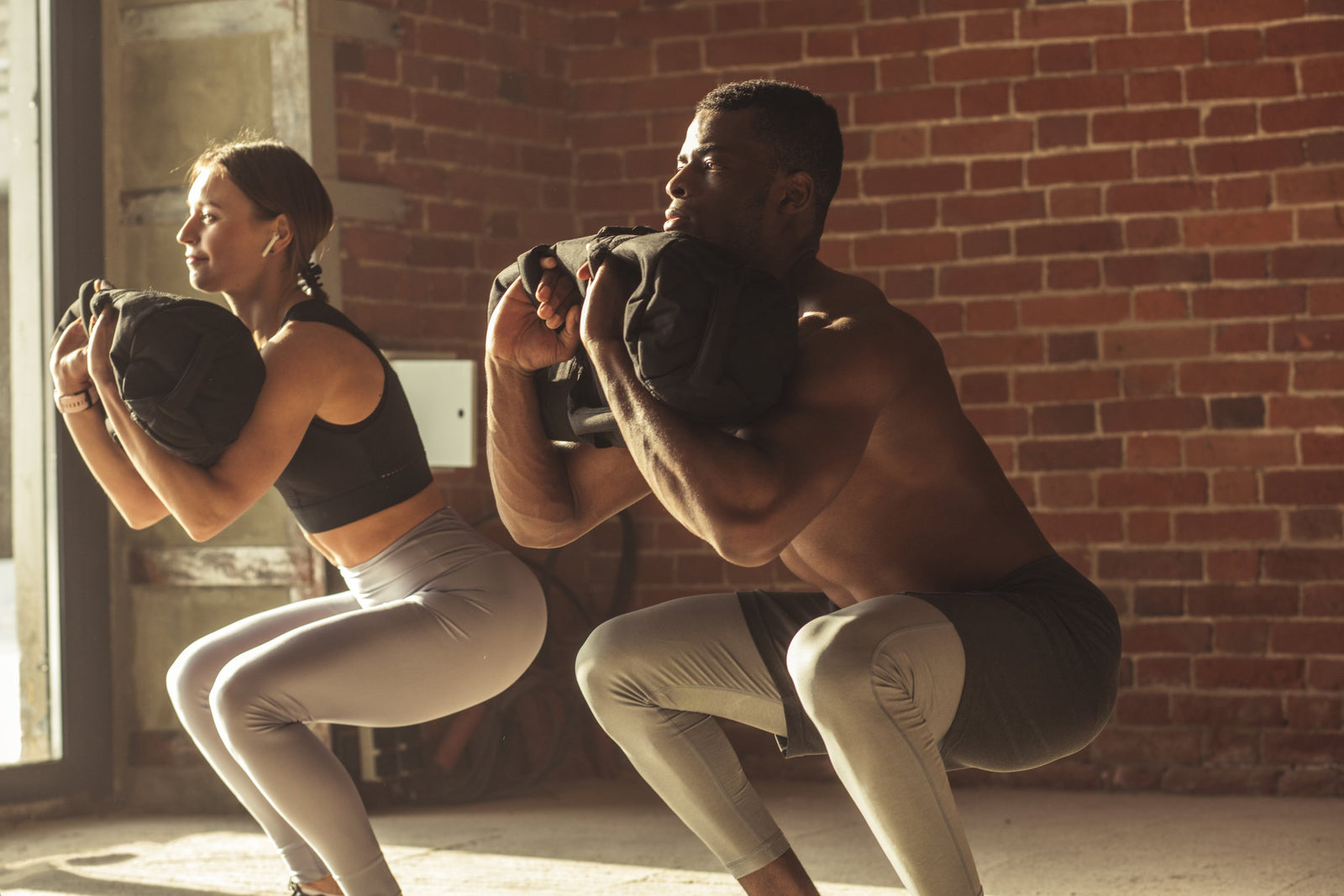
Are you looking for a new challenge that will push your limits and get results?
Look no further than sandbag strength training.
This versatile and portable workout tool is fast gaining in popularity, but why?
In this article, I'll dive into the benefits of sandbag training and show you how to incorporate it into your routine for maximum gains.
Get ready to take your fitness to the next level with sandbag strength training.
What is Sandbag Strength Training?
Sandbag strength training is a workout that involves using a sandbag as resistance. A sandbag is a versatile workout tool that can be filled with sand or other materials to add weight.
Unlike traditional weights, sandbags are not rigid, making them more challenging to lift and stabilize.
This added instability can help to improve overall strength and core stability.
Benefits of Sandbag Strength Training
There are numerous benefits to incorporating sandbag strength training into your workout routine, including:
1. Improved Functional Strength
Sandbag training can help improve functional strength, which is the ability to easily perform everyday tasks. The added instability of sandbags requires the body to engage multiple muscle groups simultaneously, improving overall strength and coordination.
2. Increased Muscle Activation
Sandbag strength training can help to activate more muscle fibers than traditional weightlifting equipment. This increased muscle activation can lead to greater muscle growth and strength gains.
3. Versatility
Sandbags are a versatile workout tool that can be used in a variety of exercises, including squats, lunges, and overhead presses. This versatility can help to keep workouts fresh and challenging, preventing boredom and plateauing.
4. Low Cost and Portable
Unlike traditional weightlifting equipment, sandbags are relatively inexpensive and portable. This makes them a great option for those who want to work out at home or while traveling.
How to Incorporate Sandbag Strength Training into Your Workout Routine
Sandbag strength training can be incorporated into your workout routine in a variety of ways. Here are some tips for getting started:
1. Start with a Light Weight
If you are new to sandbag training, starting with a lightweight is important. This will help you to master the proper form and technique before increasing your weight.
2. Focus on Full-Body Movements
Sandbag training is most effective when focusing on full-body movements that simultaneously engage multiple muscle groups.
Squats, lunges, and overhead presses are all great exercises to start with.
3. Use a Variety of Grips
Using a variety of grips, including overhand, underhand, and neutral, can help to engage different muscle groups and prevent overuse injuries.
4. Incorporate Interval Training
Interval training, which involves alternating periods of high-intensity exercise with periods of rest, can be particularly effective when using sandbags.
This can help to improve cardiovascular fitness and burn more calories.
Tips for Getting the Most Out of Your Sandbag Workouts
Here are some additional tips for getting the most out of your sandbag workouts:

1. Focus on Form
Proper form is essential when using sandbags. Focus on maintaining a neutral spine, engaging your core, and keeping your feet hip-width apart.
2. Start Slowly
Sandbag training can be challenging, so it is important to start slowly and gradually increase the weight and intensity of your workouts.
3. Use a Timer
Using a timer can help you to keep track of your rest periods and ensure that you are pushing yourself to the maximum during your high-intensity intervals
4. Incorporate Plyometrics
Plyometrics involving explosive movements such as jumping and bounding can be particularly effective when using sandbags. These movements can help to improve power and explosiveness.
5. Vary Your Workouts
Varying your workouts by changing the exercises, reps, sets, and weight can help to keep your body challenged and prevent plateauing.
Wrapping Up
Sandbag strength training is a challenging and dynamic workout that can provide numerous benefits, including improved functional strength, increased muscle activation, versatility, and portability.
Incorporating sandbag training into your workout routine can help to keep workouts fresh and challenging, preventing boredom and plateauing.
By focusing on proper form, starting slowly, and using a variety of exercises and grips, you can get the most out of your sandbag workouts.
Frequently Asked Questions
Can sandbag training be done at home?
Yes, sandbag training can be done at home with minimal equipment.
How heavy should my sandbag be?
The weight of your sandbag will depend on your fitness level and goals. It is important to start with a light weight and gradually increase the weight as you become more comfortable with the exercises.
What is the best type of sand to use in a sandbag?
Play sand and construction sand are both good options for filling your sandbag.
Can sandbag training help with weight loss?
Yes, sandbag training can help with weight loss by improving cardiovascular fitness and burning calories.
How often should I do sandbag workouts?
The frequency of your sandbag workouts will depend on your fitness level and goals. It is generally recommended to do strength training exercises 2-3 times per week, with at least one day of rest in between workouts.


